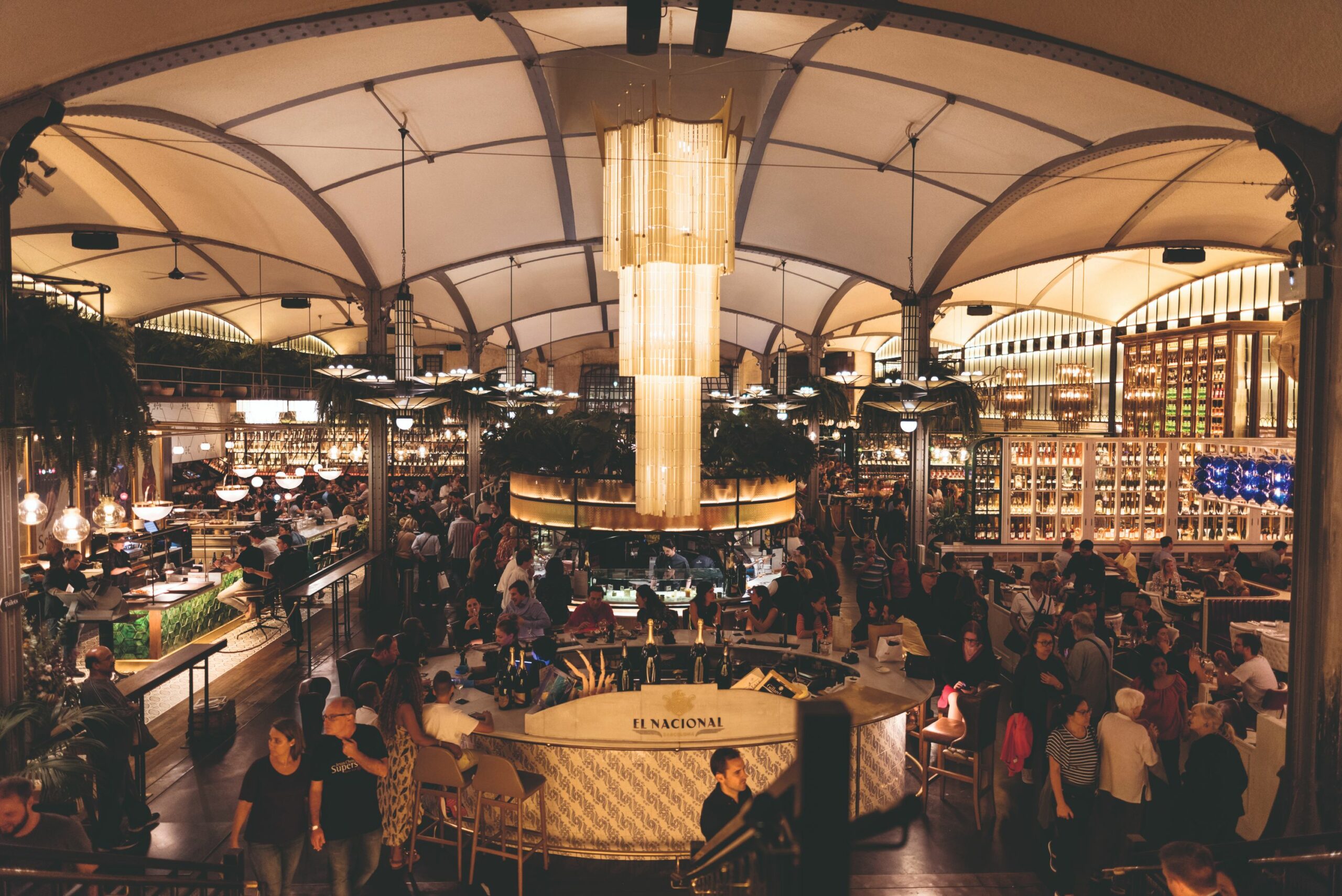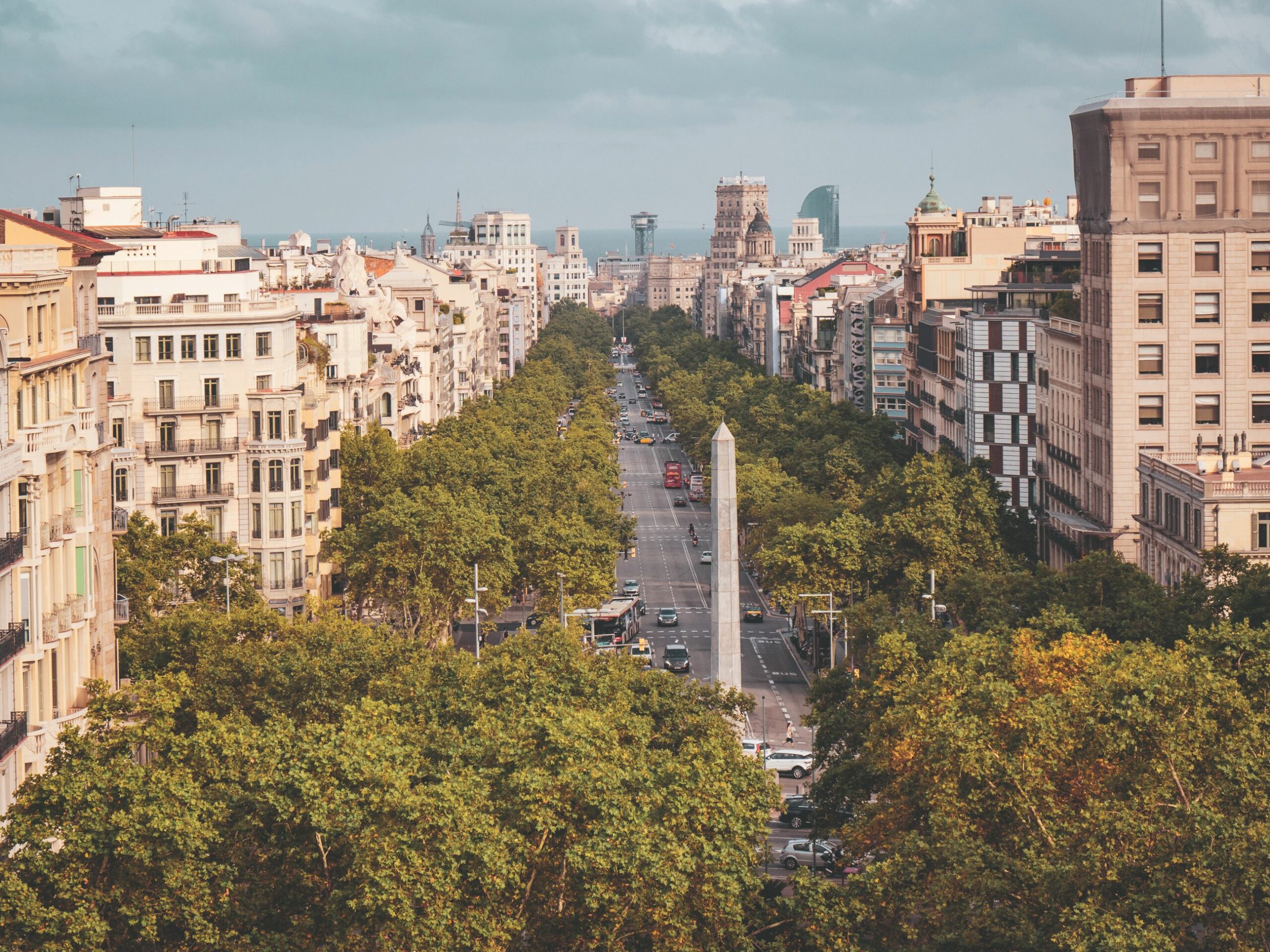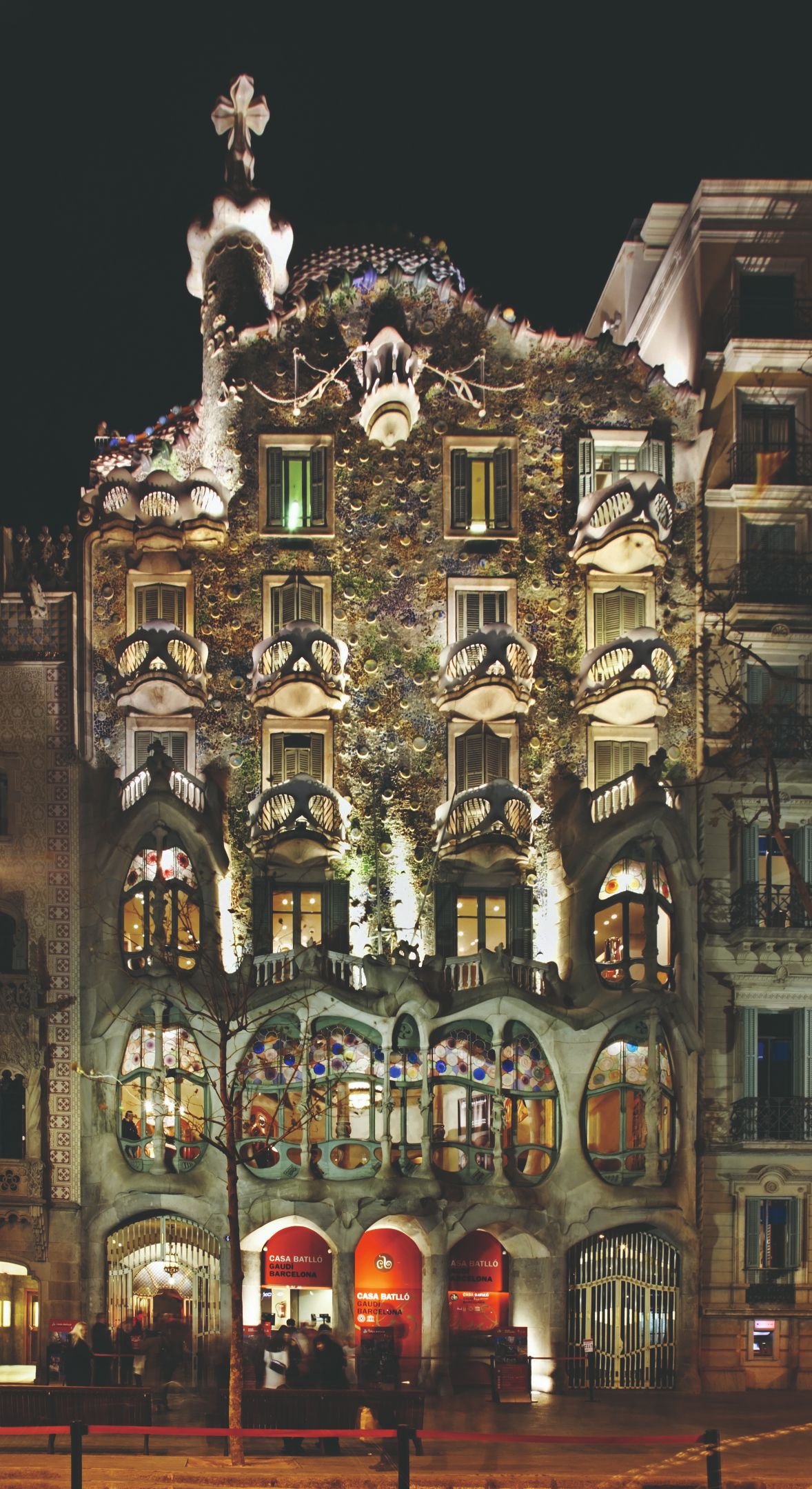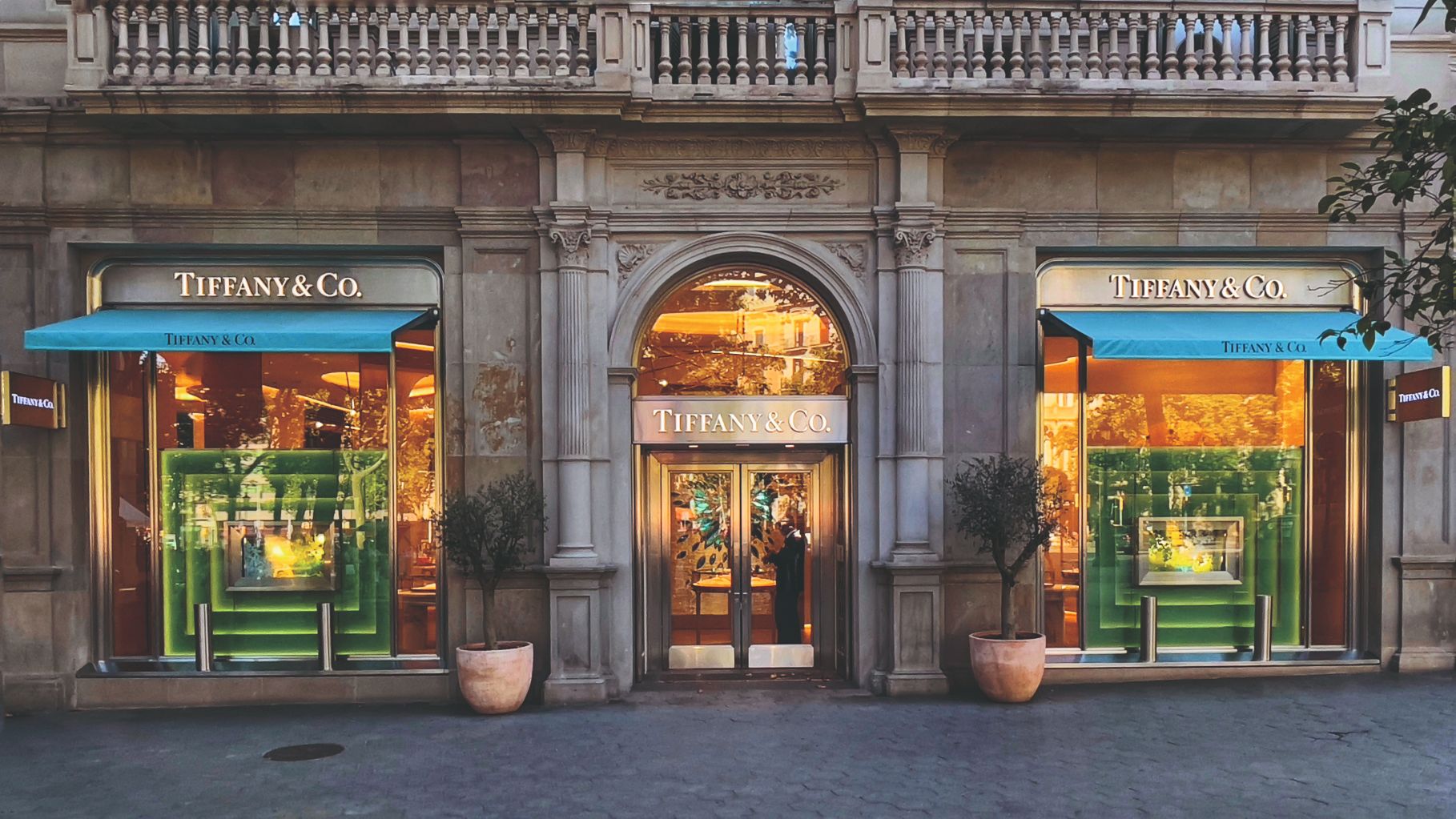As elegant as the Fifth Avenue or the Champs Elysées, Passeig de Gràcia presents the most exclusive shopping and leisure offers in Barcelona; a thoroughfare where modernism spreads its wings.
By Anna Tomàs Moreno

When the walls of Barcelona fell in 1854, the eyes of the aristocracy turned to the 1.6-kilometre path that separated the heart of the old mediaeval citadel from the Vila de Gràcia, which was then an independent municipality of the Catalan capital.
The Champs Elysées in Paris was the source of inspiration for the layout of a multi-lane avenue, where the fortunes of the Catalan bourgeoisie built their palaces and residences in the Modernist style, a local variant of the new trend that seduced the most elegant cities in Europe known as Secession or Art-Nouveau.

As distinguished constructions of brick, stone, wrought iron and glass, these stately homes boasted an innovative beauty, where challenging the limits of architecture went hand in hand with stylistic renewal.
Just a couple of streets away, you can see two of Antoni Gaudí‘s masterpieces, such as Casa Batlló and its homage to the legend of Sant Jordi and the dragon, and Casa Milà, better known as La Pedrera.

The former shares the site with the Lleó Morera house, designed by Lluís Doménech i Montaner, and the Amatller house, created by Josep Puig i Cadafalch. This brings together three variants of Modernisme that shine in the so-called ‚apple of discord‘.
Luxury artery
The luxury of these century-old residences is maintained by the constant renovation of Passeig de Gràcia, which commands one of the highest prices per square metres in Spain.
Within a kilometre and a half are some of the world‘s most exclusive luxury brands, from Hermès, Jimmy Choo and Montblanc to jewellers Tiffany & Co., Cartier, Tous, Rabat, Suarez, Chopard and Rolex. Major names in men‘s and women‘s fashion such as Chanel, Gucci, Dior, Louis Vuitton, Saint Laurent, Loewe, Balenciaga, Moncler, Burberry and Prada showcase their creativity in exclusive window displays that attract the eye. Near the corner of Avenida Diagonal is the luxury department store Santa Eulalia, where the art of tailor-made suits has been practised since 1843.

In terms of gastronomy, you can try sophisticated international dishes or interpretations of Catalan gastronomic tradition in restaurants such as El Nacional, Moments by Carme Ruscalleda, Oria and Lasarte by Martín Berasategui, Solc by Nandu Jubany, and Parco, to name but a few.

Of course, the accommodation on offer is not far behind. Barcelona‘s golden mile is home to high-end hotels such as Condes de Barcelona, Hotel Casa Fuster, Majestic Hotel & Spa, Monument and Mandarin Oriental, a hotel that a few months ago opened its luxury flats in the Deutsche Bank tower on Passeig de Gràcia. These exclusive residences have broken all records and its 580 m2 penthouse will exceed 40 million euros, more than 60,000 euros per m2, tripling the most expensive penthouse in the history of Spain to date.

Passeig de Gràcia hardly ever sleeps, from early morning until late at night it embraces the spirit of Barcelona. When you walk along its maritime-patterned pavements, you can see why it is one of the most coveted and illustrious thoroughfares in Europe.
